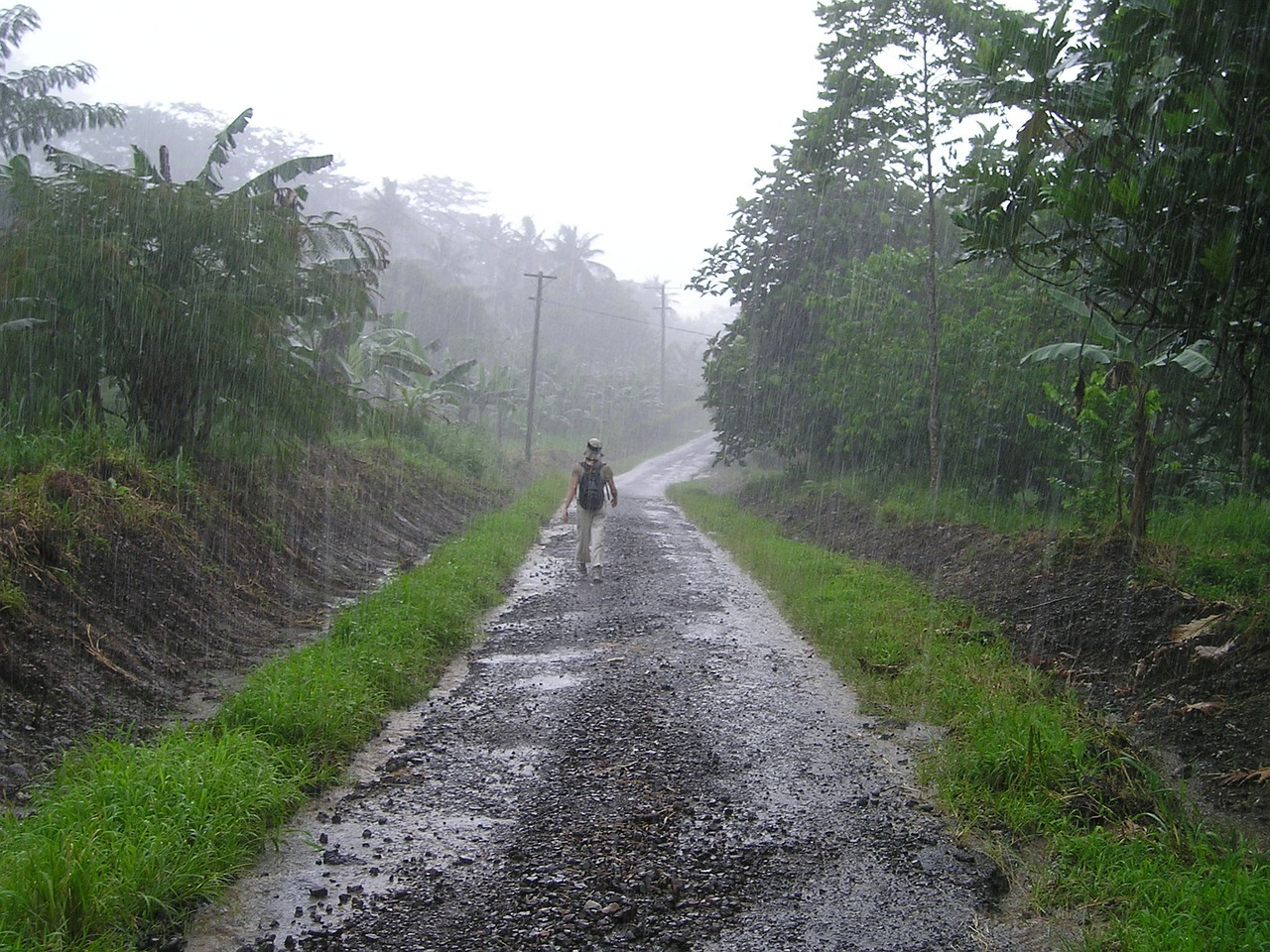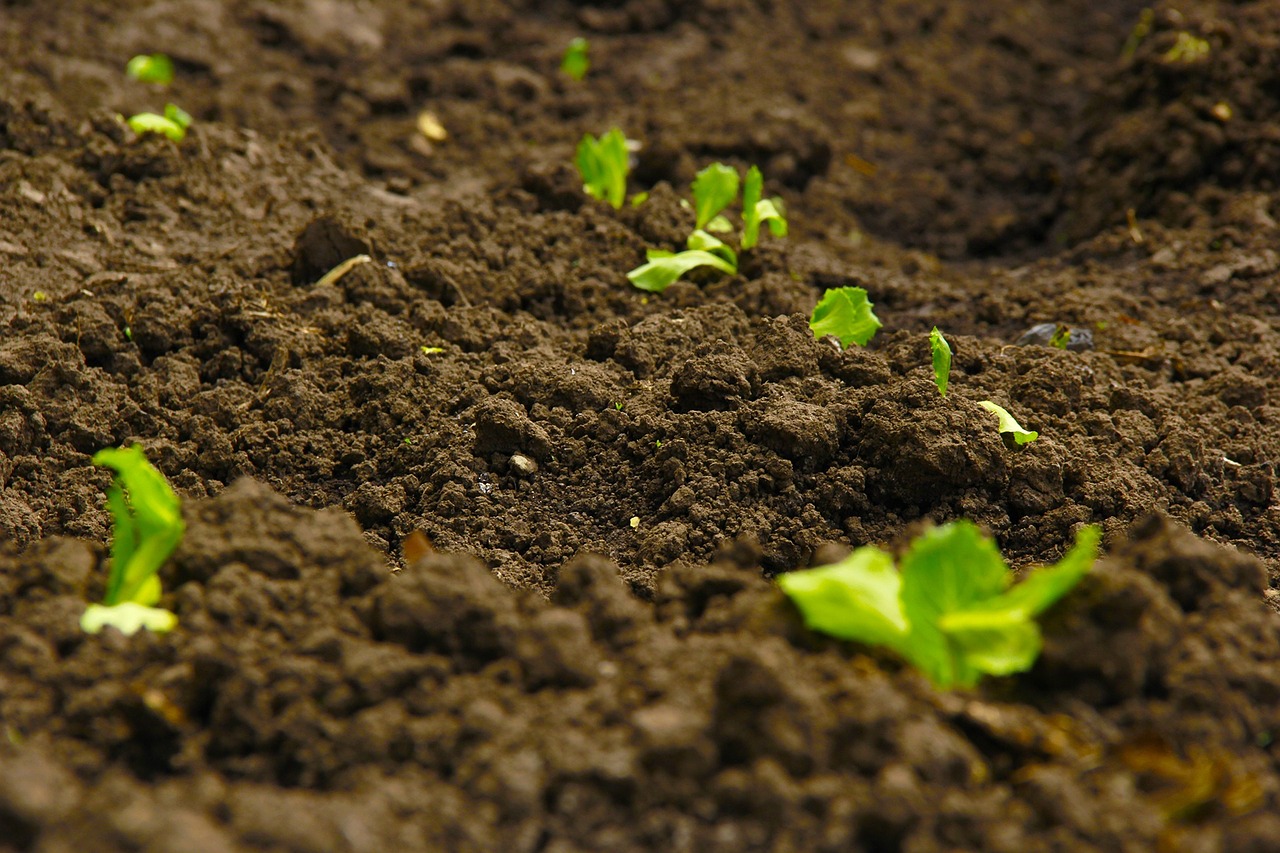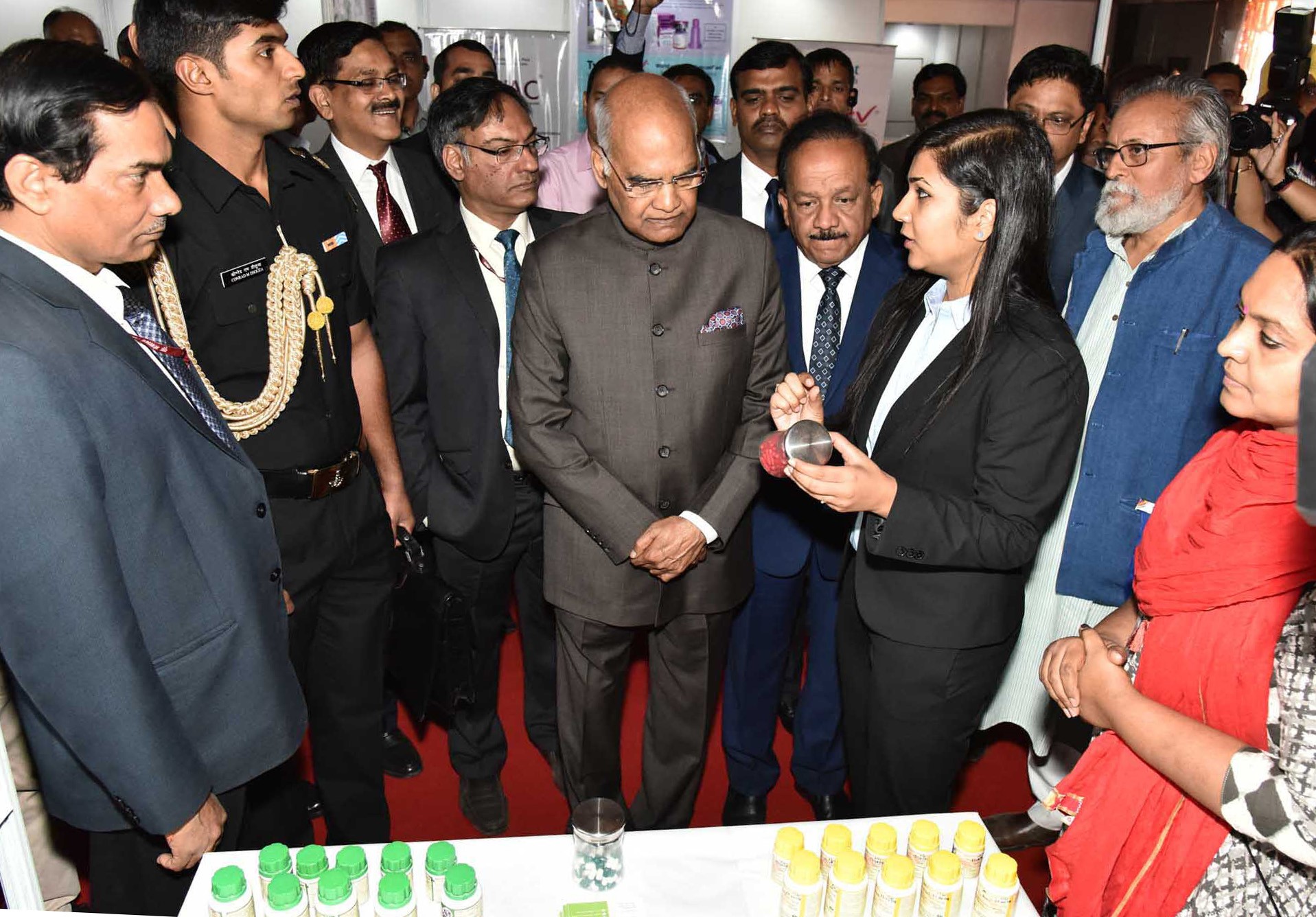
Distribution of Monsoon Rainfall Connected To Global Sea Surface Temperatures
- News
- 2.1K
The All India Monsoon Rainfall has been a target of monsoon prediction since the times of Sir Gilbert Walker back in the 1930s. It has a bearing on total food production but is of little value for farmers and water managers at local levels.
The dynamic forecast by the India Meteorological Department (IMD) is now targeting rainfall at the district level but the focus remains largely on the impact of El Niño on all India monsoon rainfall. The El Niño – Indian monsoon correlation seems reliable although it has not remained constant, most likely due to global warming.
Now it has emerged that the distribution of rainfall over the Indian subcontinent has largescale patterns and those patterns are related to global sea surface temperatures or SSTs. A new study published in journal Climate Dynamics led by Rishi Sahastrabuddhe of Indian Institute of Technology Bombay (IITB) under the guidance of Prof. Subimal Ghosh (this author is a member of the team) reports that large-scale patterns do exist and they are teleconnected to SSTs from tropics to high latitudes in the Indian, Atlantic and Pacific Oceans which indicates potential predictability of the patterns.
IMD uses six homogeneous regions of rainfall covering all of India which is a statistical construct with no relation to local or remote drivers of the monsoon. The IITB study recasts rainfall into bands of variability around the long-term mean by considering rainfall amounts in 25 Km grids over an entire country divided into near normal, dry, wet, extremely dry and extremely wet years. This leads to nine clusters of rainfall patterns that are robust and distinct without any a priori assumptions about how they are generated.
The patterns depict rainfall deficit over the entire country as in 2002 as well as east-west, north-south and the Western Ghats, patterns of excess and deficit rainfall with many granular details down to district level. These spatial distributions are critical for food, water, and energy production and their interdependence or nexus.
The SST patterns associated with each pattern over global oceans are then identified for the months of March-April-May (MAM) as well as June-July-August-September (JJAS). This approach expands monsoon predictions beyond El Niño to capture additional drivers of monsoon variability such as the Atlantic Niño, Indian Ocean Dipole or Zonal Mode, as well as SST anomalies over the northern Atlantic and Pacific or Southern Indian Oceans.
The advantage of identifying major patterns is exemplified by noting that some patterns mostly occurred prior to the 1950s while others have emerged to be dominant since the 1950s. Not surprisingly, the patterns that have increased since the 1950s correspond to ocean warming as well as changing relations between the monsoon and El Niño as well as negation of the El Niño and La Niña impacts by the Atlantic Niño and Indian Ocean Dipole/Zonal Mode.
The key to providing local and regional rainfall predictions is demonstrated by using SSTs during March to May period from 12 key regions of global oceans to statistically predict the patterns of rainfall for years 2011 to 2015. The approach demonstrates success for 4 out of the 5 years. More importantly, the failed forecast offers new insights into how the pattern forecasts can be improved.
The pattern prediction failed for 2012 which was a unique year. All models were calling for an El Niño as early as the spring of 2012 when SSTs in the tropical Pacific were still cold. The cold SSTs during March to May period led to the prediction of a pattern that had excess monsoon over most of India but the 2012 monsoon was an overall deficit year with the rainfall distribution corresponding to another pattern.
The cold SST anomalies in the eastern Pacific during spring transitioned to a warm El Niño – like pattern during the summer but they didn’t persist long enough to qualify 2012 as an El Niño year. This is a valuable lesson for this cluster approach. Initial pattern predictions based on the March to May SSTs can be modified with the forecasted June to September SSTs to increase the skill when the SSTs do not persist from MAM into JJAS.
Other improvements in the prediction of rainfall distribution will come from adding soil moisture and moisture supply information to the list of drivers of these patterns since both soil moisture and moisture supply have been shown to affect recycled rainfall and widespread extremes. The recognition of major patterns in monsoon rainfall over India should thus lead to much-improved district level rainfalls in the coming years. (India Science Wire)
By Raghu Murtugudde
The author is a Professor at the Earth System Science Interdisciplinary Center, the University of Maryland and a visiting faculty at IISER, Pune, and IIT, Bombay.
If you liked this article, then please subscribe to our YouTube Channel for the latest Science and Tech news. You can also find us on Twitter and Facebook.


